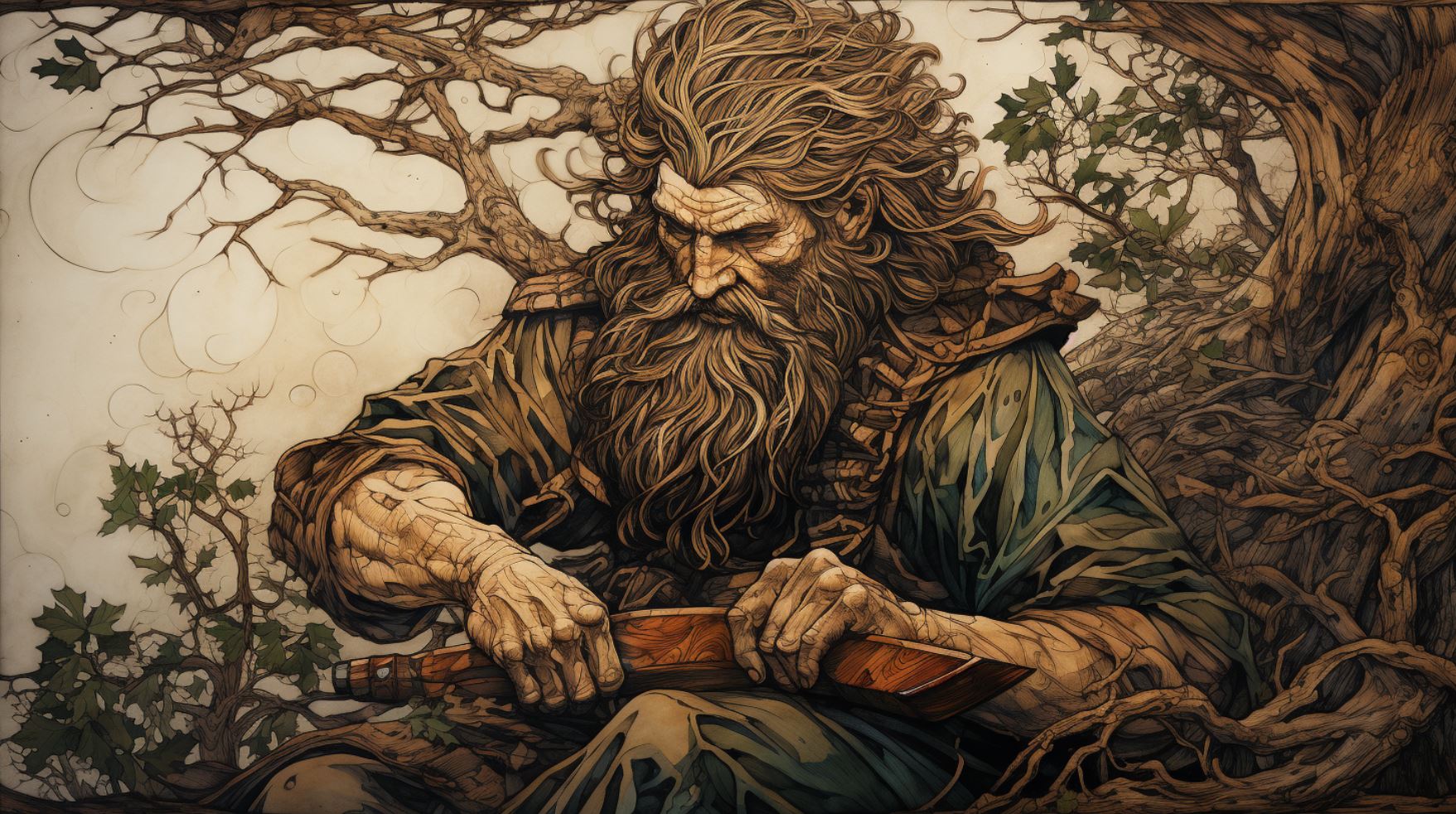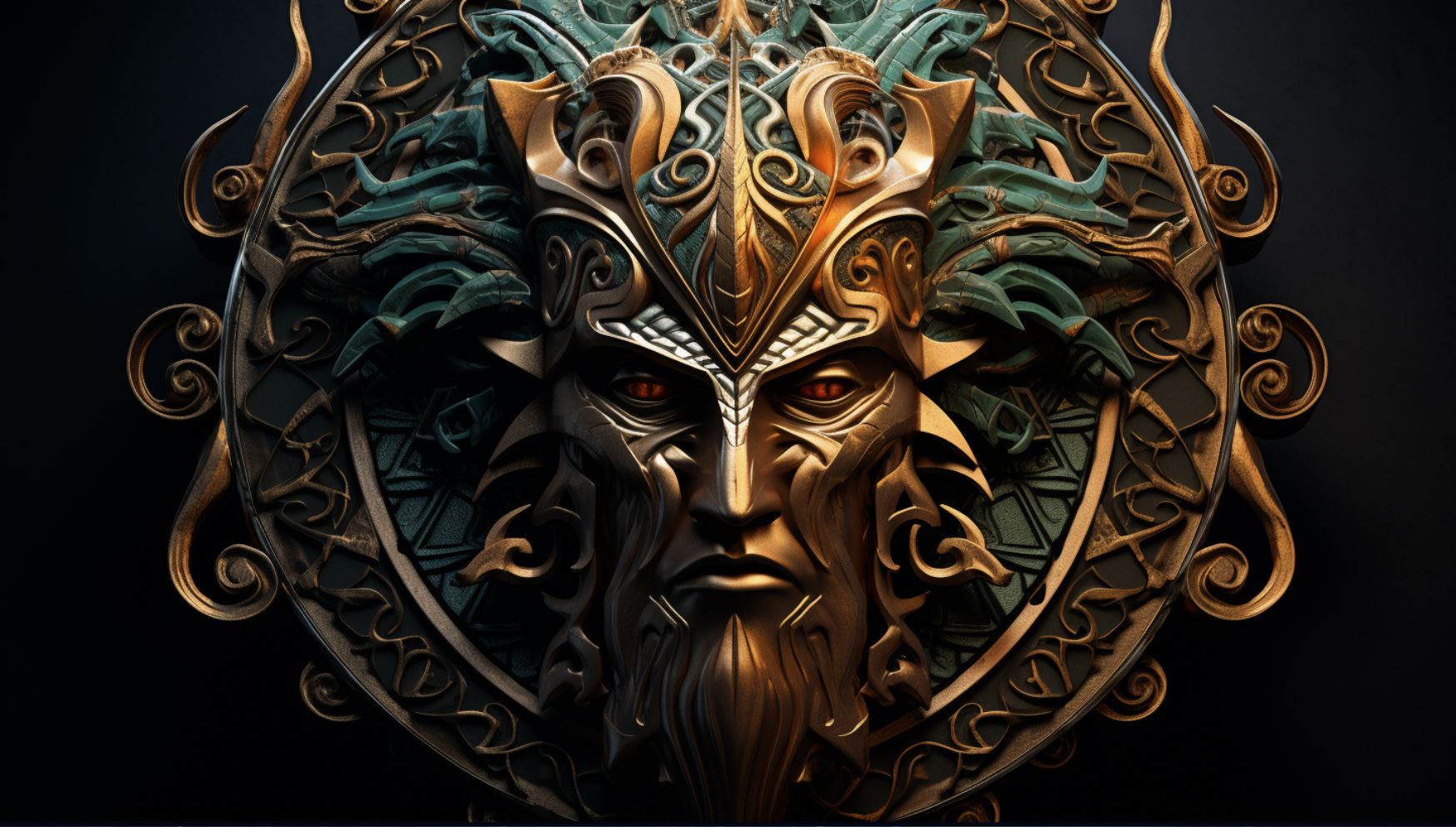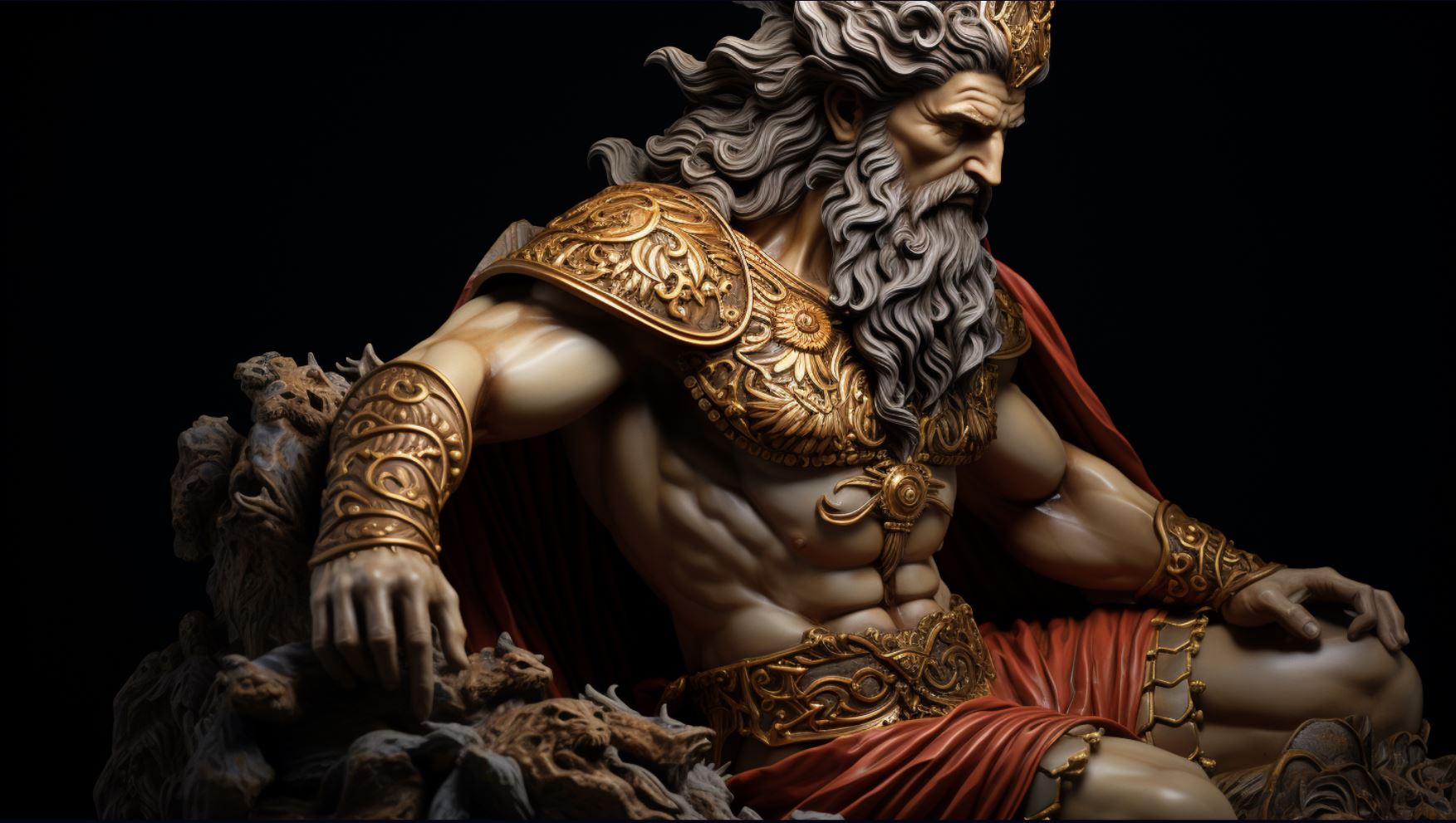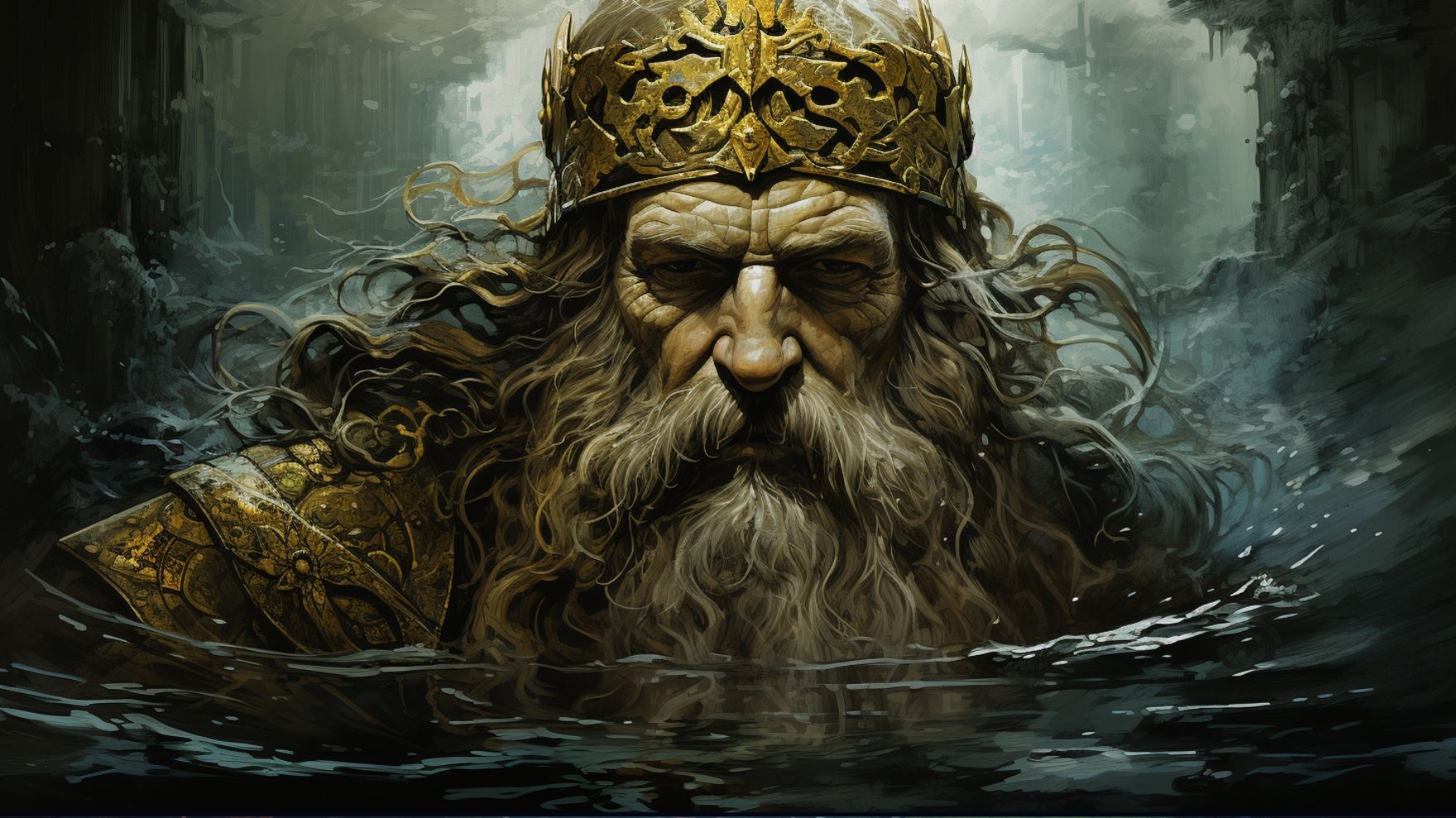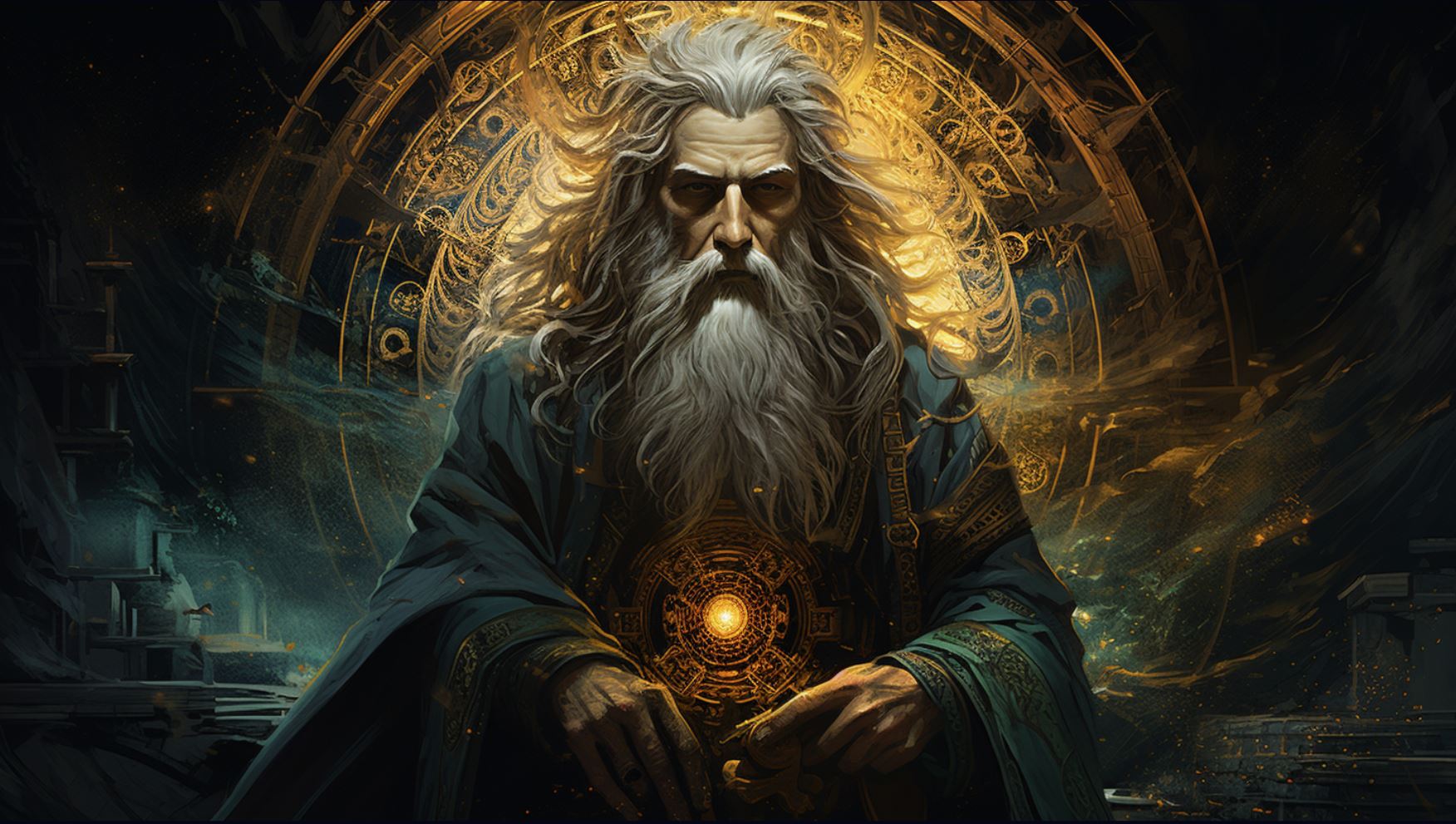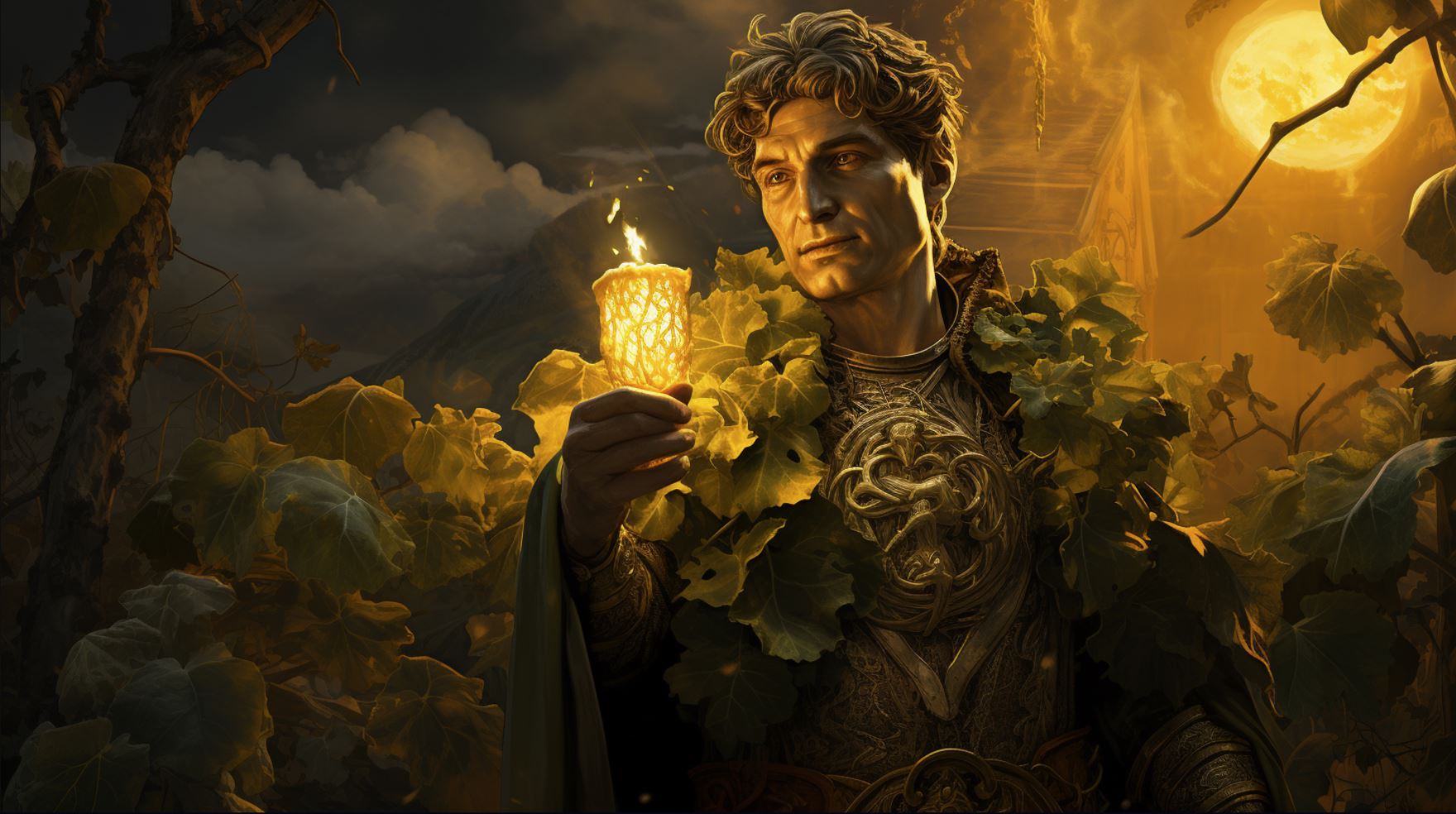Esus Celtic God: Unraveling the Mysterious Celtic Deity
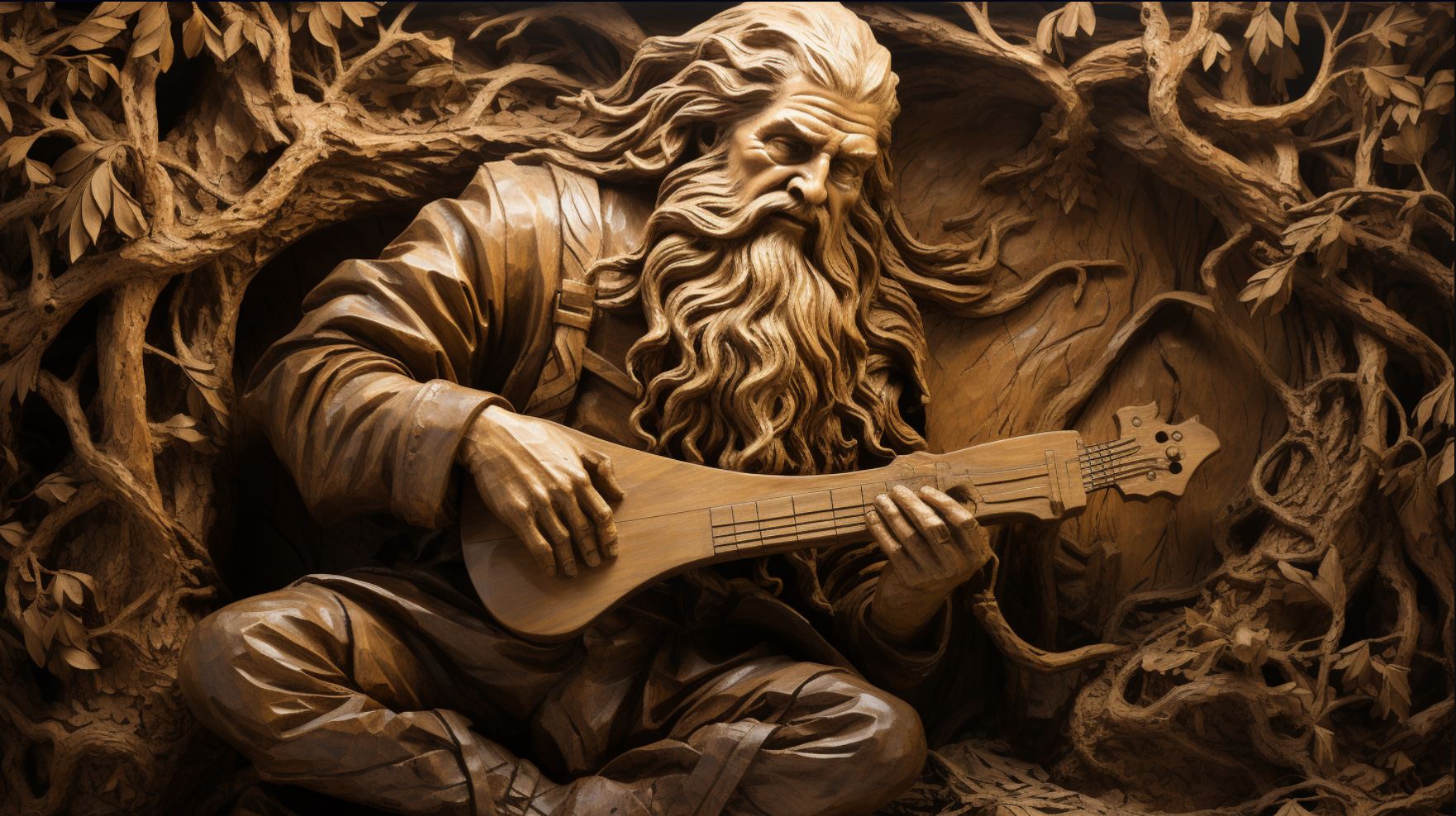
Esus Celtic God is a mysterious deity mentioned in ancient Roman literature and depicted as a powerful lumberjack cutting tree branches, possibly from a willow tree. Associated with the sacred bull and cranes, Esus’s true nature and role in Celtic mythology remain unclear and subject to speculation.
This article provides an overview of Esus, exploring their representation, possible associations, and their presence in Gallo-Roman inscriptions and coins. It also delves into speculations regarding Esus’ connection to rivers and wetlands, as well as their significance as the eponymous god of the Esuvii.
Esus Celtic God: Un Overview
Welcome to our exploration of Esus Celtic God, an enigmatic deity in Celtic mythology. This overview will provide a glimpse into the mysterious world of Esus and shed light on their significance in the ancient Celtic pantheon.
As a powerful figure mentioned by the Roman poet Lucan in the 1st century AD alongside Taranis and Teutates, Esus holds a unique place among the Celtic gods. Depicted as a skillful woodsman, often seen cutting branches, potentially from a willow tree, Esus’s representation captivates the imagination.
Besides their connection to tree symbolism, Esus is also linked to sacred animals like the bull and grullas, adding to their intricacy. Various Gallo-Roman inscriptions mentioning Esus, such as Esunertus, further solidify their existence in ancient times.
Scholars have debated Esus’s potential associations, pondering connections to Mercury or Mars, and drawing comparisons to Odin. However, their exact identity and role in Celtic mythology remain elusive.
Esus was worshipped in different parts of Gaul and appears to be the eponymous god of the Esuvii in the Calvados region along the English Channel coast.
Join us as we navigate the enigma of Esus Celtic God, delving deeper into their representation, possible affiliations, and their importance within the tapestry of Celtic mythos.
The Representation of Esus as a Celtic Deity
Esus, a prominent Celtic deity, is often depicted as a powerful woodsman engaged in the act of cutting branches. This portrayal suggests a strong association with nature and the significance of trees in Celtic culture.
While the specific type of tree remains uncertain, some scholars propose that it could be a willow, given its connection to water and marshy areas.
In addition to his role as a woodsman, Esus is also associated with sacred animals such as the bull and cranes.
The bull is a symbol of strength and fertility, while cranes are often linked to the spiritual realm and migration.
Esus’ representation as a wood cutter highlights his active involvement in maintaining balance in the natural world.
The presence of willow trees commonly found near rivers reinforces this association.
While much remains uncertain about Esus’ exact role and significance in Celtic mythology, his representation as a woodsman and his associations with sacred animals and natural elements provide insight into the reverence he commanded among the ancient Celts.
Possible Associations and Comparisons of Esus
As we delve into the intriguing realm of Esus Celtic God, it becomes essential to explore possible associations and comparisons that shed light on their enigmatic nature. While Esus is predominantly depicted as a woodcutter, some scholars speculate about their potential connections with other mythological figures.
One prevalent conjecture suggests an association between Esus and Mercury or Mars. This theory draws parallels between Esus’ role as a god of trees and their potential alignment with Mercury, who was often depicted as a patron of travelers and commerce.
Additionally, comparisons have been made between Esus and Odin, the Norse god associated with wisdom, poetry, and war.
It’s worth noting that while these comparative associations offer fascinating insights, they remain speculative and open to interpretation.
Esus, as a Celtic deity, possesses distinct qualities and cultural context that set them apart from other gods or figures with similar attributes.
By contemplating possible associations and comparisons, we enter a realm of mythological connections that enrich our understanding of Esus Celtic God, while acknowledging the unique facets that define their presence within Celtic mythology.
Esus in Gallo-Roman Inscriptions and Coins
Esus’s mention in Gallo-Roman inscriptions and coins provides valuable insights into their worship and significance in Celtic society. Numerous inscriptions referring to Esus have been discovered from the Gallo-Roman period, with one notable example being Esunertus, meaning ‘fortress of Esus.’
These inscriptions serve as evidence of the widespread devotion to Esus in various parts of Gaul.
Additionally, a Celtic coin featuring the name of Esus further reinforces their importance in Celtic religious practices.
Though limited in number, these coins reflect the recognition and reverence Esus held, showcasing their significance to the ancient Celtic communities.
While the exact role and mythology surrounding Esus remain unclear, the existence of inscriptions and coins dedicated to this enigmatic deity confirms their recognition and veneration among the Celtic tribes during the Gallo-Roman period.
Speculations on Esus’ Role in Celtic Mythology
One speculation suggests that Esus may have been associated with natural forces, particularly rivers and wetlands due to their representation with willow trees and cranes. This connection hints at Esus’ potential role as a deity overseeing fertility, growth, and the cyclical nature of life.
Another interpretation links Esus to the celestial realm. Some scholars propose that Esus could have been associated with celestial bodies or astronomical events, possibly representing the passage of time or even planetary alignments.
This celestial connection would align with other Celtic deities’ associations with the heavens.
Furthermore, some have compared Esus to other prominent deities in Celtic and Norse mythology. The parallels drawn between Esus and figures like Mercury or Mars hint at possible shared attributes or roles, such as communication, commerce, or war.
Additionally, comparisons have been made between Esus and Odin, highlighting potential correspondences in wisdom, knowledge, and supernatural powers.
Ultimately, while these speculations offer intriguing possibilities, the true nature and precise role of Esus in Celtic mythology remain elusive.
Further exploration and study are necessary to uncover the full extent of Esus’ significance among the ancient Celts.
Esus as the Eponymous God of the Esuvii
The worship of Esus was particularly significant among the Esuvii, a group residing in the Calvados region along the English Channel coast. Esus held the distinction of being their eponymous deity, serving as a central figure in their religious practices.
The Esuvii regarded Esus as their powerful and protective god, whose presence brought fortitude and strength to their community. Through rituals and offerings, they sought Esus’s favor for abundant harvests, fertility, and prosperity.
Devotion to Esus was a fundamental aspect of their cultural identity, uniting the Esuvii in the shared belief in his divine influence.
Esus’s connection with the Esuvii extended beyond veneration. He played a vital role in their social organization, often serving as a symbol of unity and resilience.
The worship of Esus bolstered their collective spirit, fostering a sense of belonging and solidarity within the Esuvii community.
While the specifics of Esus’s role in Esuvii society remain somewhat elusive, the prominence of his worship among this group highlights the significance of his divine presence within their religious and cultural framework.
The Esuvii’s recognition of Esus as their eponymous god elevated his status to that of a revered and cherished figure in their mythology.
Exploring Esus’ Connection to Rivers and Wetlands
Within Celtic mythology, Esus’s portrayal as a woodsman cutting branches may offer insight into their potential association with rivers and wetlands. The presence of willow trees, often found in such environments, in Esus’s representation could suggest a connection to these natural features.
Rivers and wetlands hold significant importance in many ancient cultures, symbolizing life, fertility, and renewal. The representation of Esus as a deity linked to these landscapes hints at their potential role as a guardian or provider associated with the vital flow of water and the abundance it brings.
Furthermore, the association of Esus with sacred animals like the bull and cranes could indicate their influence over the diverse ecosystems present in river and wetland habitats. The bull represents strength and power, while cranes are known for their graceful presence, both embodying the delicate balance and interconnectedness of these natural environments.
While the exact nature of Esus’s connection to rivers and wetlands remains speculative, exploring their association offers a glimpse into the potential significance of these landscapes within Celtic mythology. Further analysis and comparative studies may provide a deeper understanding of Esus’s role as a deity tied to these vital elements of the natural world.
Imagery: Depictions of Esus in Celtic Religious Art
Depictions of Esus in Celtic religious art offer intriguing glimpses into the deity’s visual representation. These artistic renderings often portray Esus as a powerful woodsman, effortlessly wielding his axe to cut branches, potentially from a willow tree.
The symbolism behind this imagery suggests Esus’s association with nature, fertility, and the cycle of life.
In some artistic depictions, Esus stands alongside sacred animals, such as the bull and cranes, further emphasizing his divine connections.
The presence of these animals suggests Esus’s role as a guardian or protector of the natural world, and potentially as a deity linked to fertility and abundance.
While Celtic religious art provides valuable insights into Esus’s portrayal, it’s important to note that the meaning behind these depictions can be open to interpretation.
Different artists may have depicted Esus with unique nuances and symbolism, reflecting regional variations and personal artistic choices.
Studying these visual representations allows us to appreciate the artistic and symbolic richness of Celtic religious traditions and the significance of Esus within them.
By examining the imagery associated with this enigmatic deity, we can gain a deeper understanding of how the ancient Celts conceptualized and revered Esus in their religious practices.
Written Sources: References to Esus in Roman Literature
The existence of Esus, the Celtic god, is known from references in Roman literature.
The Roman poet Lucan, in the 1st century AD, mentions Esus as one of the prominent Celtic deities, alongside Taranis and Teutates. While the references to Esus are limited, they provide valuable insights into the perception and recognition of this enigmatic deity.
Lucan portrays Esus as a powerful woodland figure, often depicted as a woodcutter cutting branches, possibly from a willow tree. The Roman poet’s description hints at Esus’ association with nature and the significance of trees in Celtic religious beliefs.
Esus’ portrayal as a sacred woodsman creates an intriguing image of this deity’s connection with the natural world.
Although the references to Esus in Roman literature are sparse, they attest to the Celtic god’s worship and recognition among the Gallo-Roman communities.
These literary sources hint at the existence of a cult dedicated to Esus, emphasizing the deity’s importance within the Celtic pantheon.
While further details about Esus in Roman literature may be scarce, the references serve as important historical evidence of this deity’s role and presence in Celtic religious practices.
These written sources contribute to the ongoing exploration and understanding of Esus and his significance within Celtic mythology.
Interpretations: Different Perspectives on Esus’ Significance
When examining the significance of Esus in Celtic mythology, scholars and researchers have put forth various interpretations. These divergent perspectives shed light on the complex nature of Esus and showcase the diverse ways in which this enigmatic deity has been understood.
1. Divine Woodcutter: One interpretation posits that Esus represents the cyclical nature of life and death. As a woodsman, he symbolizes the cutting of branches, signifying the end of one phase and the beginning of another.
This interpretation emphasizes Esus’ role in the natural cycles and the transformative power of nature.
2. Warrior Deity: Another view suggests that Esus embodies martial qualities and holds associations with gods of war, such as Mars. This perspective sees Esus as a fierce and protective deity, invoked by warriors for strength and victory in battle.
3. Connection to Sacrifice: Some scholars propose that Esus may have been connected to sacrificial practices among the Celts. They argue that his depiction as a woodcutter could symbolize the ritualistic act of offering the branches as part of religious ceremonies, possibly involving the symbolic sacrifice of a sacred animal.
4. Symbolic of Power and Authority: Esus’ association with the bull, an animal often linked to strength and fertility, leads some to interpret him as a symbol of authority and power.
It is suggested that Esus may have been venerated by rulers and leaders seeking divine support and legitimacy.
- Divine Woodcutter
- Warrior Deity
- Connection to Sacrifice
- Symbolic of Power and Authority
These various interpretations provide valuable insights into the possible meanings and roles of Esus Celtic God within the context of Celtic mythology.
However, due to the limited available information, consensus on Esus’ exact significance has yet to be reached, and further research and analysis are needed to gain a more comprehensive understanding.
Summary and Closing Thoughts
In conclusion, Esus Celtic God remains a captivating enigma in Celtic mythology.
This powerful deity, often depicted as a woodsman cutting branches, holds connections to sacred animals such as bulls and cranes. The presence of Esus in Gallo-Roman inscriptions and coins further emphasizes their significance.
While speculation surrounds Esus’ potential associations with rivers and wetlands, their exact role and identity remain uncertain.
The Esuvii, dwelling in the coastal region of Calvados, England, viewed Esus as their eponymous god.
Scholars have explored possible likenesses between Esus and other deities like Mercury or Mars, while comparisons to Odin add to the intriguing mystery. However, conclusive evidence for such connections remains elusive.
As we delve into written sources, Roman literature offers glimpses of Esus, amplifying the deity’s enigmatic allure. Celtic religious art showcases various depictions of Esus, adding visual dimensions to understanding this elusive god.
Interpretations of Esus range, highlighting the diverse perspectives on their significance within Celtic mythology.
To further explore the realm of Esus Celtic God, the interested readers may refer to additional resources that delve deeper into this captivating topic.
Overall, Esus Celtic God stands as a captivating figure that captivates our imagination and sparks ongoing debates and investigations into their true nature and role within Celtic mythology.
.











